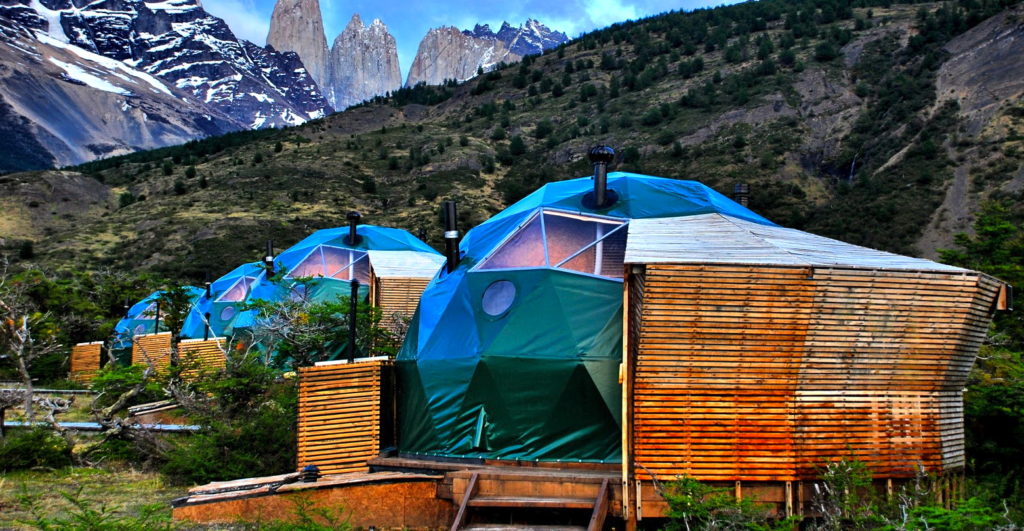Creating energy from leftover food is quickly becoming a popular choice for countries looking for eco-friendly alternative methods for heating homes this winter.
With traditional fossil fuel supply chains being significantly disrupted due to the war in Ukraine, and prices soaring higher than ever with inflation, governments are looking for substitute options for their fuel.
Is food waste the answer?
Food waste is a big problem, especially in the United States. It’s estimated that around 30 percent of the food produced in the U.S. is wasted, with some estimates putting that number as high as 50 percent.
There are a number of reasons for this, including overproduction and consumer behavior (we often buy more than we need). But turning that food waste into energy could be one way to help cut down on the amount of food going into landfills. All whilst providing a fantastic alternative to fossil fuel gas.
The process for turning food waste into energy is called anaerobic digestion. This is a process that breaks down biodegradable material in an oxygen-free environment to produce biofuel, which can be burned to heat homes.
Anerobic digestion takes place in a tank, called an anaerobic digester, where bacteria breaks down organic waste. The bacteria breaks down the waste into methane and carbon dioxide, which are then used for energy.
Methane is flammable and can be used as a fuel source for burning or heating homes. It also produces other gases that can be used to make electricity or transportation fuel.
This means that your leftover food (if kept separate from your general waste) could end up heating your home this winter.
Why Sweden is ahead of the game
Sweden is leading the way when it comes to sustainable energy production. They transform over 2.3 million tonnes of household waste into biofuel each year!
Swedish residents are legally responsible for keeping their food waste separate from the other waste types their household produces. These food bins are then collected and mixed in with the commercial food waste businesses like restaurants throw away. Once enough has been collected it’s sent off to local facilities to be turned into biofuel.
Currently, in the US there is no legal requirement for households to separate their food waste. But when you weigh up the environmental and economical benefits, it would not be surprising to see this policy adopted by other countries in the near future.



